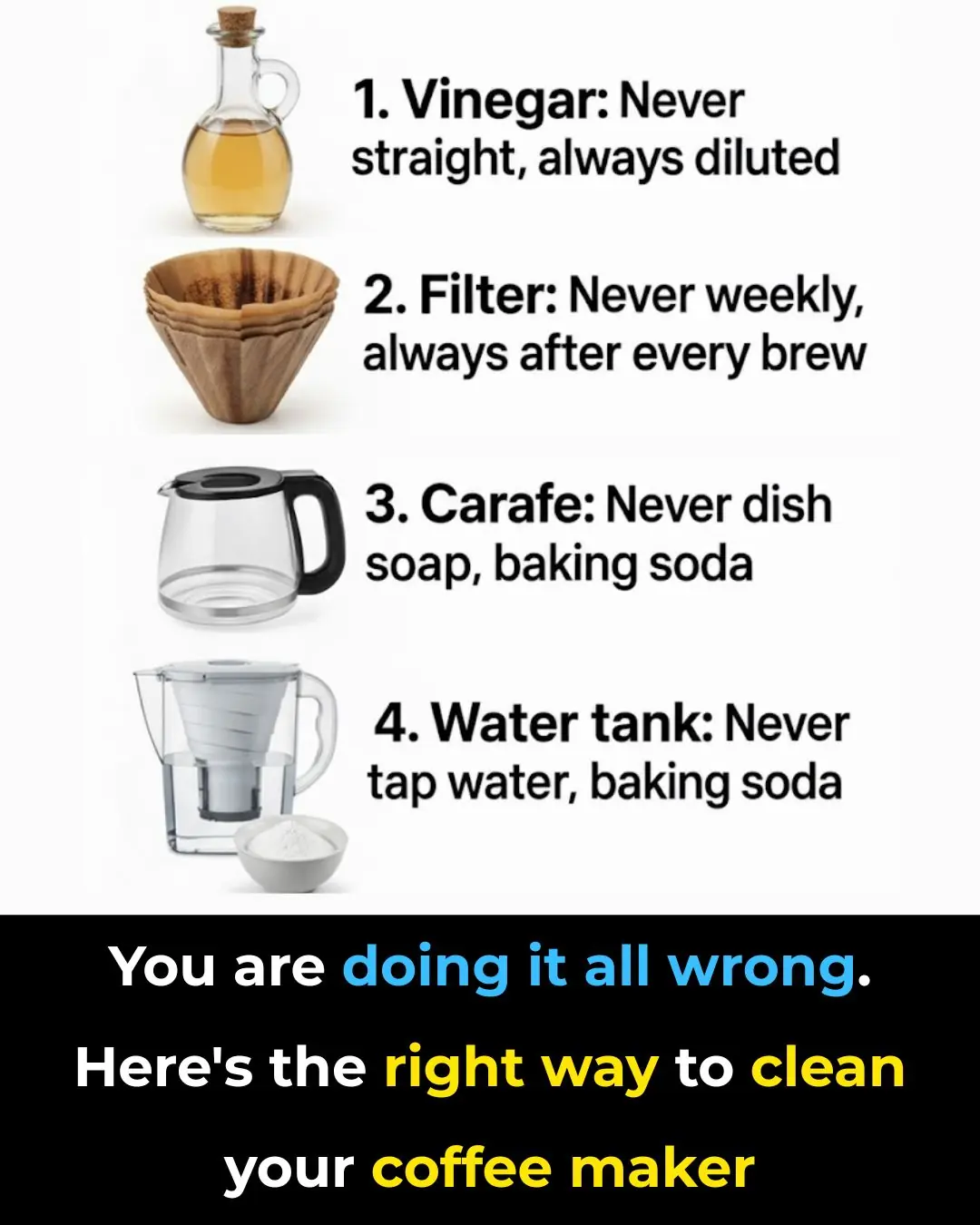
You are doing it all wrong. Here’s the right way to defrost your freezer
Defrosting your freezer may seem like a simple chore, but many people unknowingly make mistakes that reduce efficiency, raise energy bills, and even risk damaging their appliance. Frost and ice accumulation can significantly impair your freezer’s performance, forcing it to work harder and consume more electricity. Additionally, ice takes up valuable storage space that could otherwise be used for your food, making meal planning and storage more cumbersome.
While the urge to rush the defrosting process or use tools promising quick results is understandable, shortcuts can cause more harm than good. This guide will walk you step by step through the safest and most effective way to defrost your freezer. From understanding why proper defrosting matters to cleaning, drying, and reorganizing afterward, this guide covers everything you need for a smooth process.
1. Understanding Why Proper Defrosting Matters
Proper defrosting is essential because it directly impacts your freezer’s efficiency and lifespan. Ice acts as an insulator, preventing your freezer from maintaining a consistent low temperature. This forces the compressor to work overtime, which not only increases energy consumption but also wears out the appliance faster. Studies show that even a quarter-inch layer of ice can raise energy consumption by 10–15%.
Excess ice also reduces storage space, meaning less room for groceries and more frequent trips to the store. Regular defrosting keeps your freezer functioning optimally, maintains energy efficiency, and prolongs its life. In addition, a well-maintained freezer helps reduce the risk of food spoilage by ensuring that your items remain at the proper temperature.
2. Planning the Defrost: Timing and Preparation
Before starting, plan the defrost. Choose a day when your freezer is relatively empty to minimize the need for temporary storage for frozen foods. Early in the morning or before a grocery run can be ideal, as it allows you time to complete the process without rushing.
Gather supplies such as towels, bowls, and cleaning solutions. Prepare a storage plan for perishable items. If you lack a secondary freezer, use a cooler with ice packs to keep food cold temporarily. Planning ensures that the process is smooth and prevents food from thawing unnecessarily.
3. Emptying the Freezer Safely and Efficiently
Remove all items from your freezer. Work quickly to prevent food from reaching unsafe temperatures. Use a food thermometer to ensure items remain below 40°F while outside the freezer.
Take this opportunity to discard expired or freezer-burned items. Doing so reduces waste and makes reorganizing easier when restocking. Additionally, separating items by type—meats, vegetables, prepared meals—can streamline the restocking process.
4. Using the Right Tools: Bowls of Hot Water Instead of Hair Dryers
While it may seem tempting to speed up defrosting with a hair dryer, this can be dangerous. High heat can damage the freezer interior and increase the risk of electric shock.
A safer alternative is using bowls of hot water. Fill several bowls with hot (not boiling) water and place them on the freezer shelves. Close the door and let the steam loosen the ice. Replace water as it cools. This method is gentle on your freezer while still being effective, avoiding potential appliance damage.
5. Avoiding Damage: Why a Plastic Spatula is Better than a Knife
Never use sharp objects like knives or metal tools to remove ice, as this can puncture walls and damage refrigerant lines, resulting in costly repairs.
Use a plastic spatula or a soft-bristled brush instead. These tools allow you to safely scrape away loosened ice without harming the freezer. Gentle techniques prevent scratches and maintain the appliance’s integrity.
6. Patience Pays: Letting the Ice Melt Gradually
Rushing is one of the most common mistakes during defrosting. Allow ice to melt naturally to prevent damage. Monitor the process and periodically remove melted water to avoid spills or flooding. Slow and steady defrosting ensures that your freezer remains in top condition.
7. Cleaning the Freezer: Why Vinegar is Better Than Bleach
Once ice is removed, it’s time to clean. Avoid harsh chemicals like bleach. Instead, use a natural solution of equal parts water and white vinegar. Vinegar disinfects, deodorizes, and is safe for food storage areas.
Wipe down all surfaces thoroughly, paying close attention to corners and seams where food residue often accumulates. This step helps maintain hygiene, eliminate lingering odors, and prepare your freezer for fresh, safe storage.
8. Drying Out: Ensuring Your Freezer is Completely Dry
Before restarting your freezer, ensure all surfaces are dry. Use towels to remove moisture and leave the door open briefly to air out the interior. Residual moisture can freeze immediately once the appliance is turned back on, defeating your defrosting efforts. Thorough drying is key to preventing quick ice buildup and ensuring long-lasting results.
9. Organizing Your Freezer Post-Defrost
Restock thoughtfully. Place frequently used items in front for easy access and organize by type or category. Consider using bins or baskets to keep small items from getting lost at the back.
Labeling shelves and containers can further streamline organization, making it easier to find items and reducing the risk of food waste. Thoughtful organization after each defrost ensures maximum storage efficiency and convenience.
10. Frequency: How Often Should You Defrost?
Defrosting frequency depends on ice buildup. Aim to defrost at least once or twice a year, but act sooner if ice exceeds 1/4 inch. Regular defrosting not only improves efficiency but also provides a chance to clean, reorganize, and check for expired items, extending the appliance’s life.
11. Common Mistakes to Avoid
Avoid sharp tools, excessive heat, and rushing the process, as these can damage the freezer. Don’t neglect proper drying or food storage planning, as both can lead to ice buildup or spoiled items. Following these steps ensures safe, effective, and efficient defrosting.
By following this comprehensive guide, your freezer will not only perform better and use less energy, but it will also stay clean, organized, and ready to store your food safely for years to come. Regular, patient care is key to keeping your freezer in optimal condition.
News in the same category


This is new information to me!

You are doing it all wrong. Here’s the right way to store winter coats
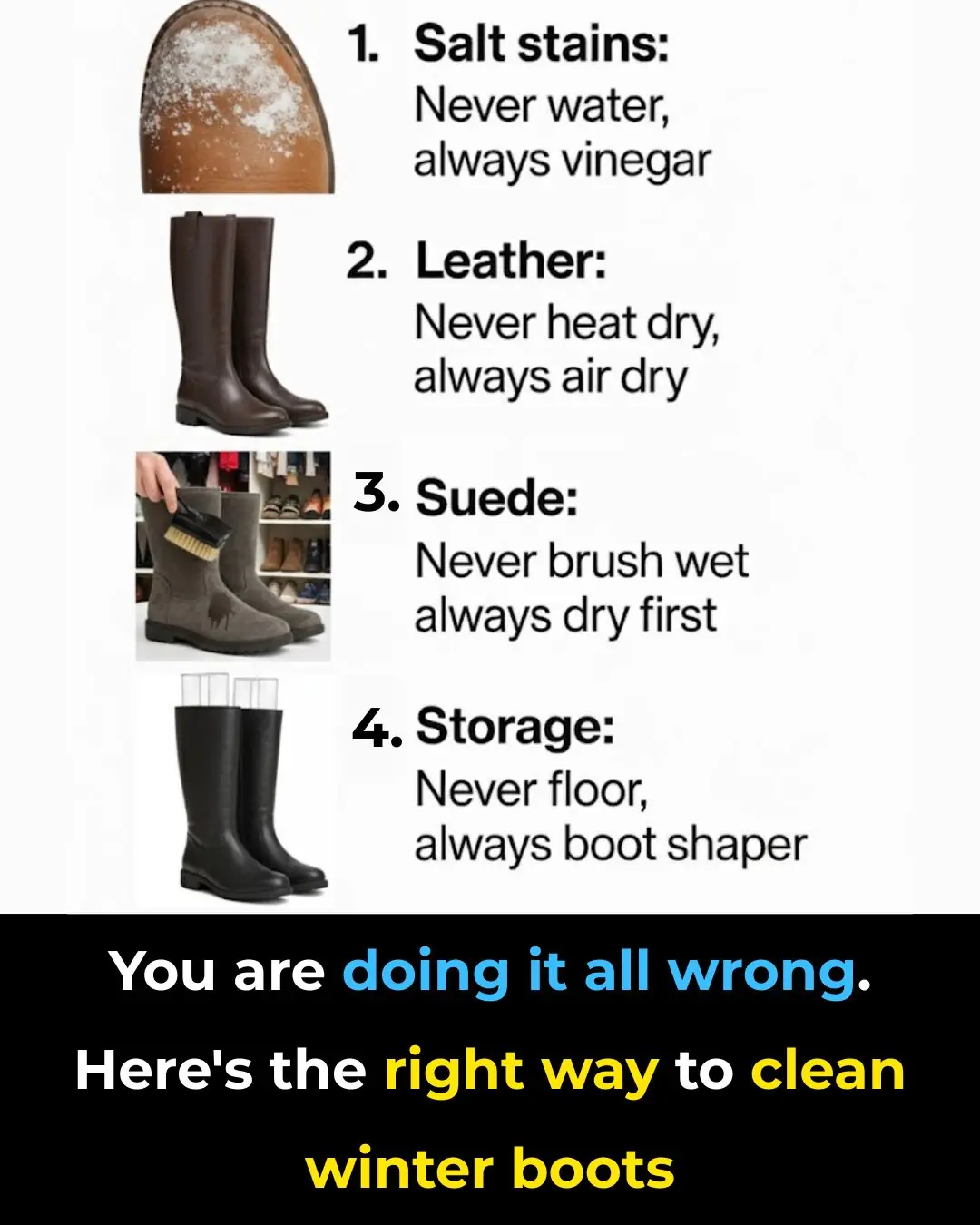
You are doing it all wrong. Here’s the right way to clean winter boots

Why should you bury garlic in a rice bin? Special benefits, every home needs it
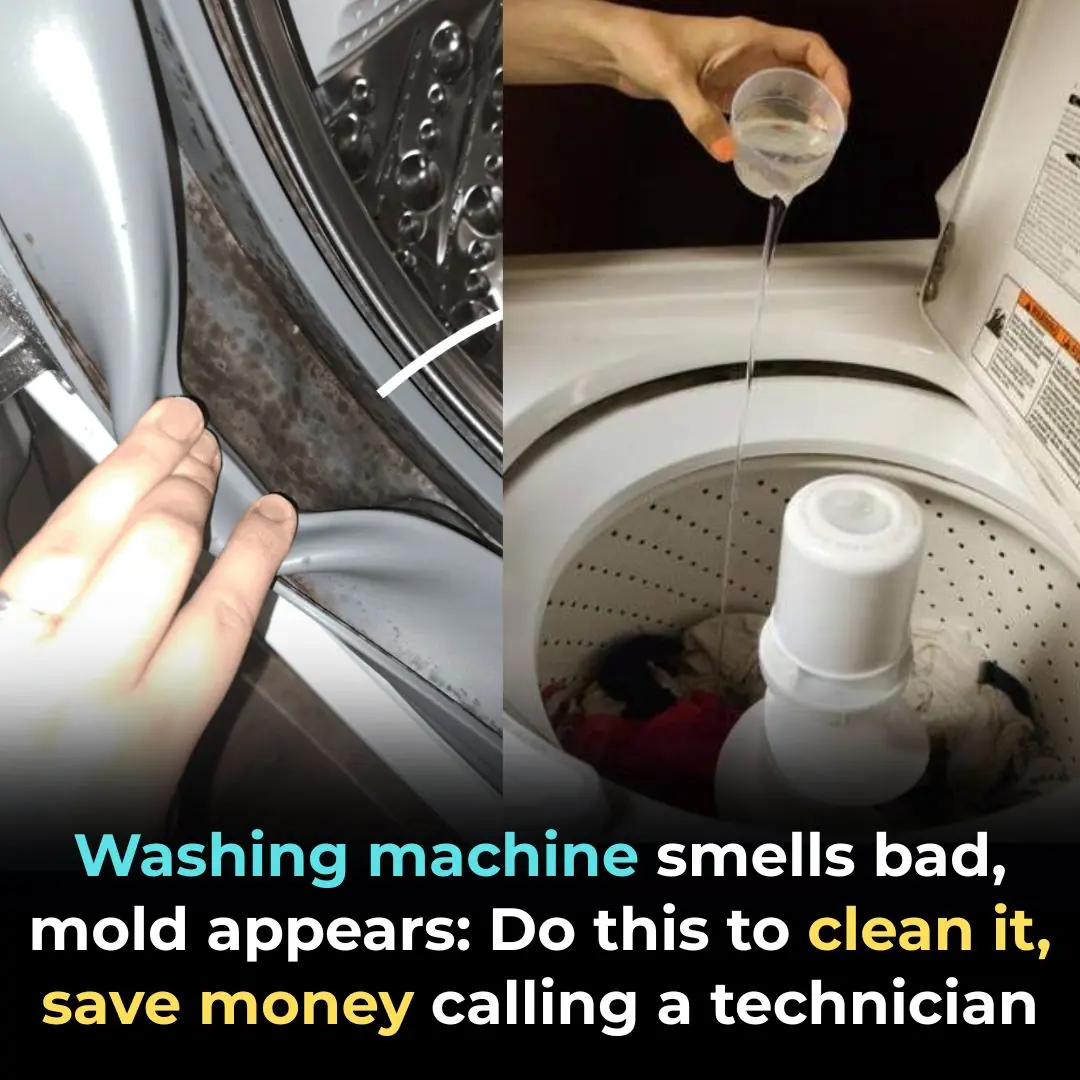
Washing machine smells bad, mold appears: Do this to clean it, save money calling a technician
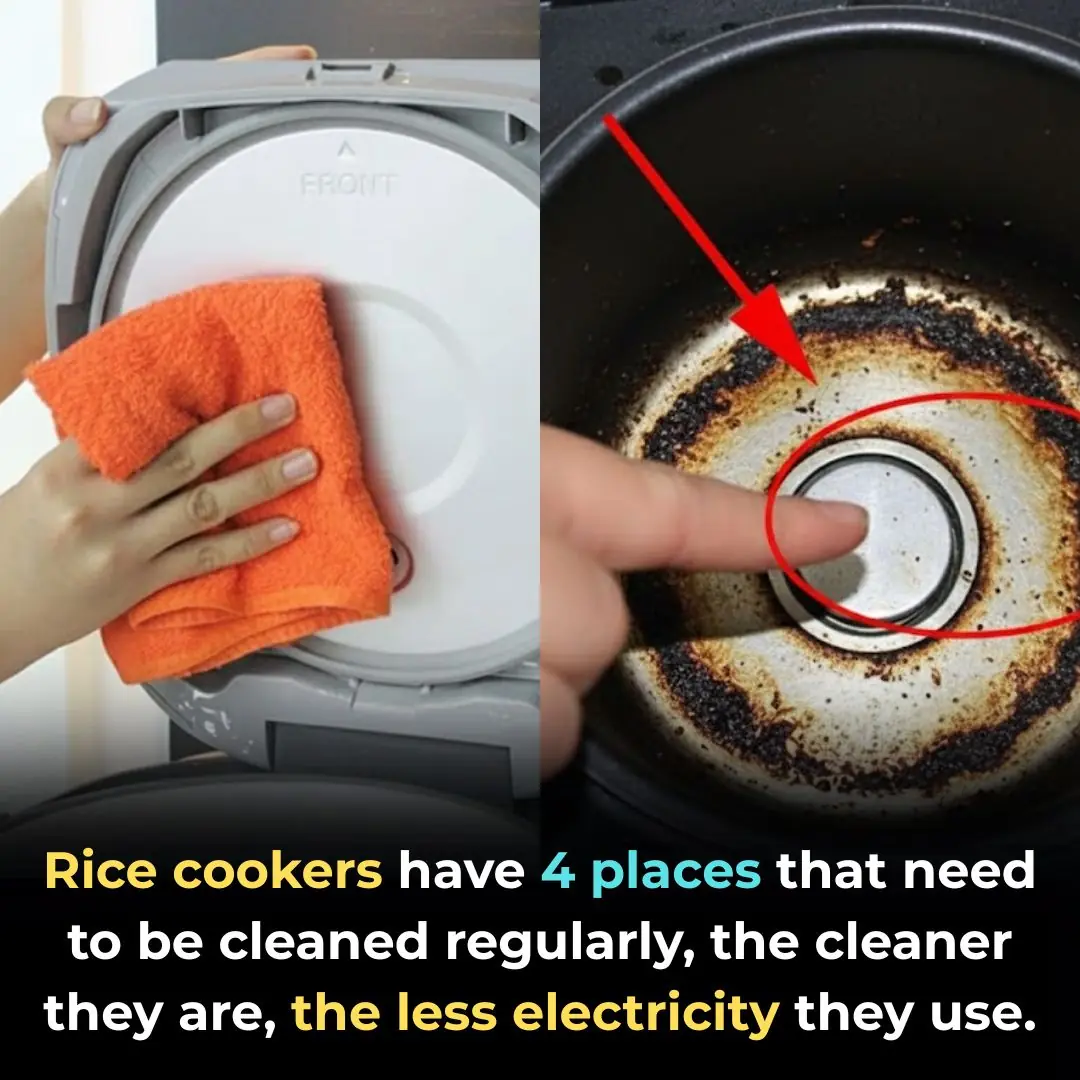
Rice cookers have 4 places that need to be cleaned regularly, the cleaner they are, the less electricity they use.

Chef reveals: To boil crispy, crunchy, non-bitter white pig intestines, you only need one ingredient.

7 safe and effective ways to get rid of ants from your house. Anyone with a lot of ants should learn from these.

3 ways to make delicious green chili sauce and red chili sauce that everyone can learn

Growing chili peppers with only plain water: The plants are stunted and yellow, using this water will produce heavy fruit.

Tips to drive cockroaches out of your house with easy-to-find ingredients, effective and extremely safe
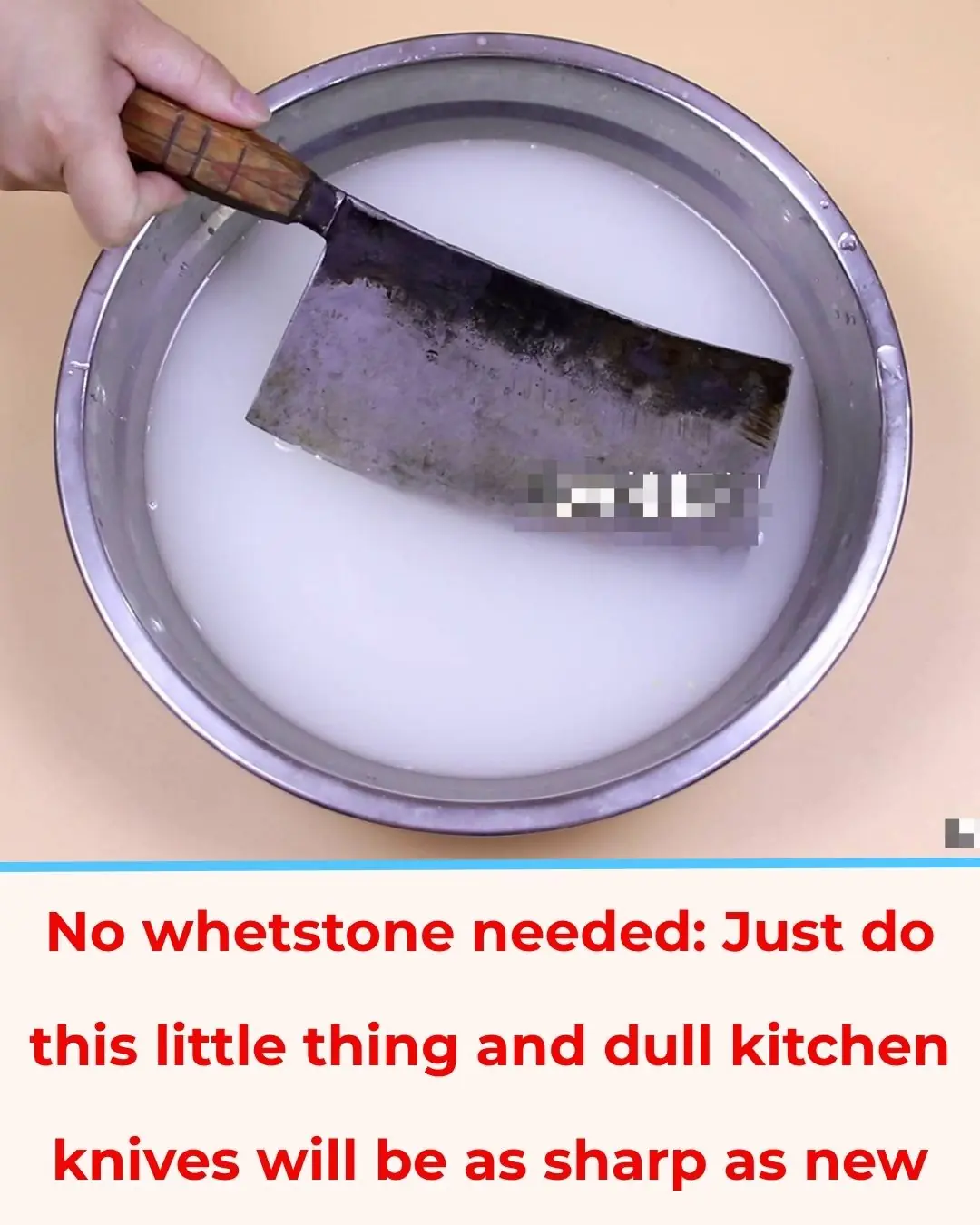
No Need for a Sharpening Stone: Just One Simple Trick to Make Your Dull Kitchen Knife as Sharp as New

My nana taught me this hack to make hair shiny in 3 mins with 0 work. Here’s how it works

🕷️ Say Goodbye to Pests: A Natural Bathroom Trick That Helps Repel Insects
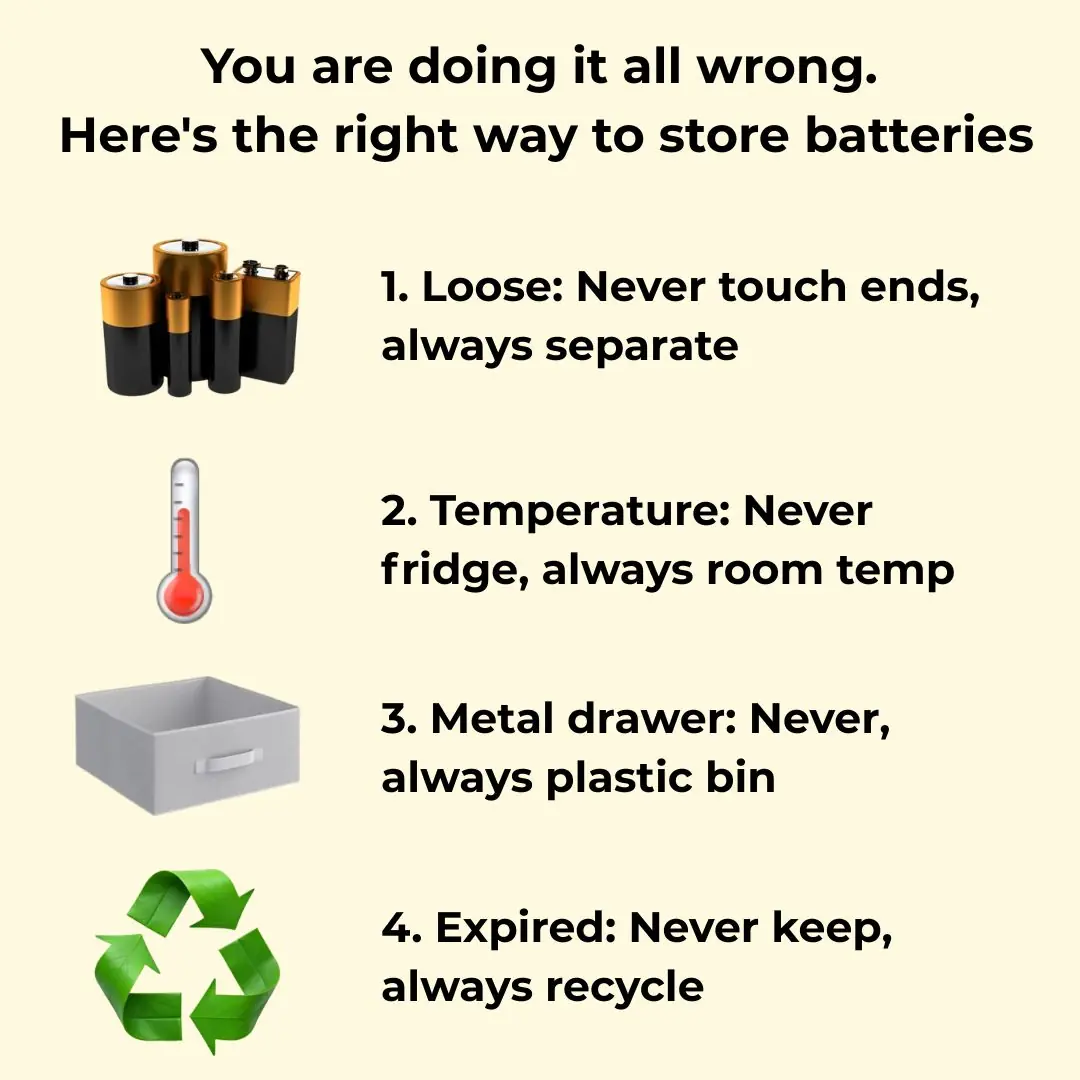
You are doing it all wrong. Here’s the right way to store batteries

Haven't heard that before
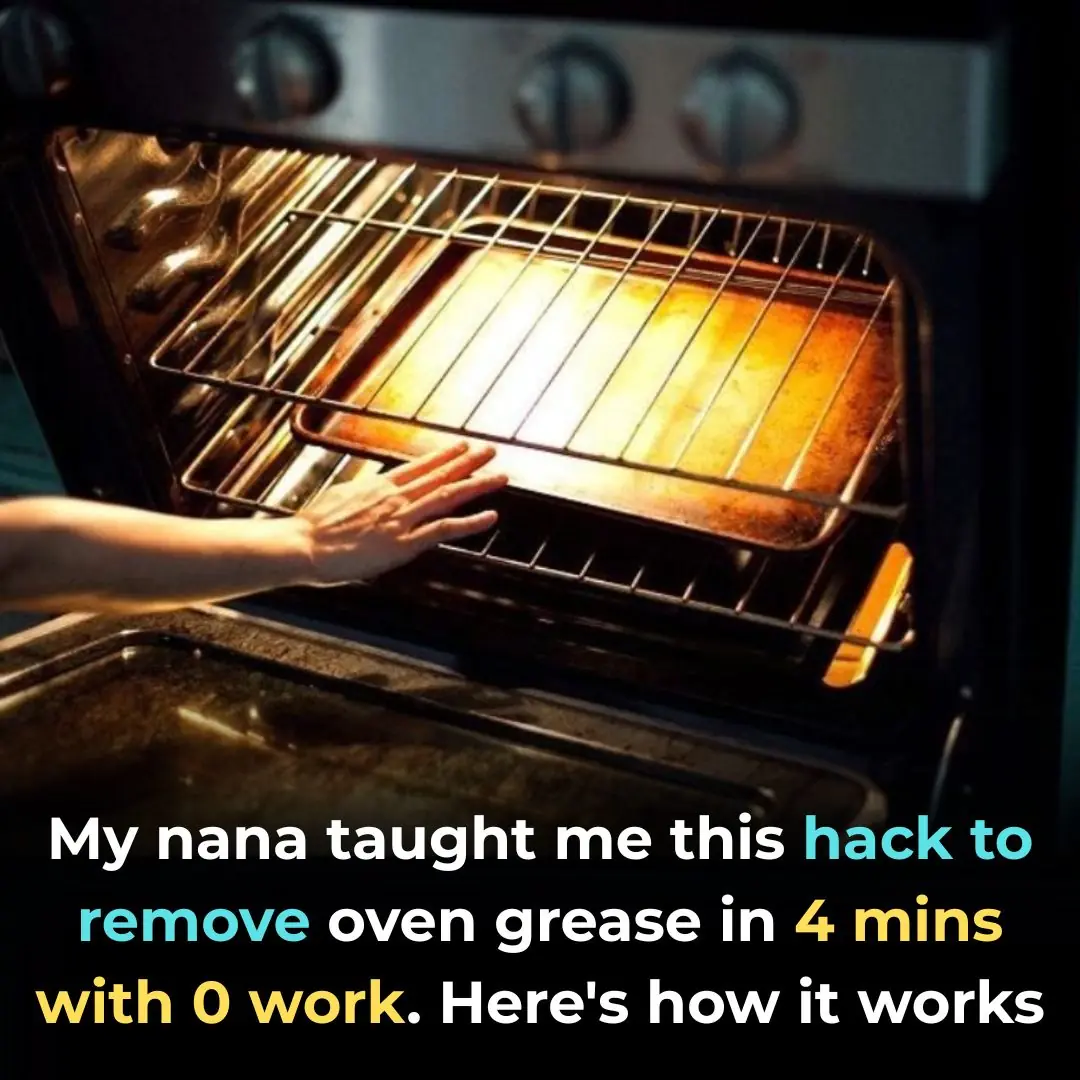
My nana taught me this hack to remove oven grease in 4 mins with 0 work. Here’s how it works

Lady places cup of vinegar into microwave. Here’s the genius reason why
News Post

You are doing it all wrong. Here’s the right way to clean your coffee maker

This is new information to me!

You are doing it all wrong. Here’s the right way to store winter coats

You are doing it all wrong. Here’s the right way to clean winter boots

Why should you bury garlic in a rice bin? Special benefits, every home needs it

Washing machine smells bad, mold appears: Do this to clean it, save money calling a technician

Rice cookers have 4 places that need to be cleaned regularly, the cleaner they are, the less electricity they use.

Chef reveals: To boil crispy, crunchy, non-bitter white pig intestines, you only need one ingredient.

7 safe and effective ways to get rid of ants from your house. Anyone with a lot of ants should learn from these.

3 ways to make delicious green chili sauce and red chili sauce that everyone can learn

Growing chili peppers with only plain water: The plants are stunted and yellow, using this water will produce heavy fruit.

Tips to drive cockroaches out of your house with easy-to-find ingredients, effective and extremely safe

Ghost the Giant Pacific Octopus Captures Hearts in Her Final Moments

Collagen booster night cream!!

How China is Reshaping Online Influence Through New Rules
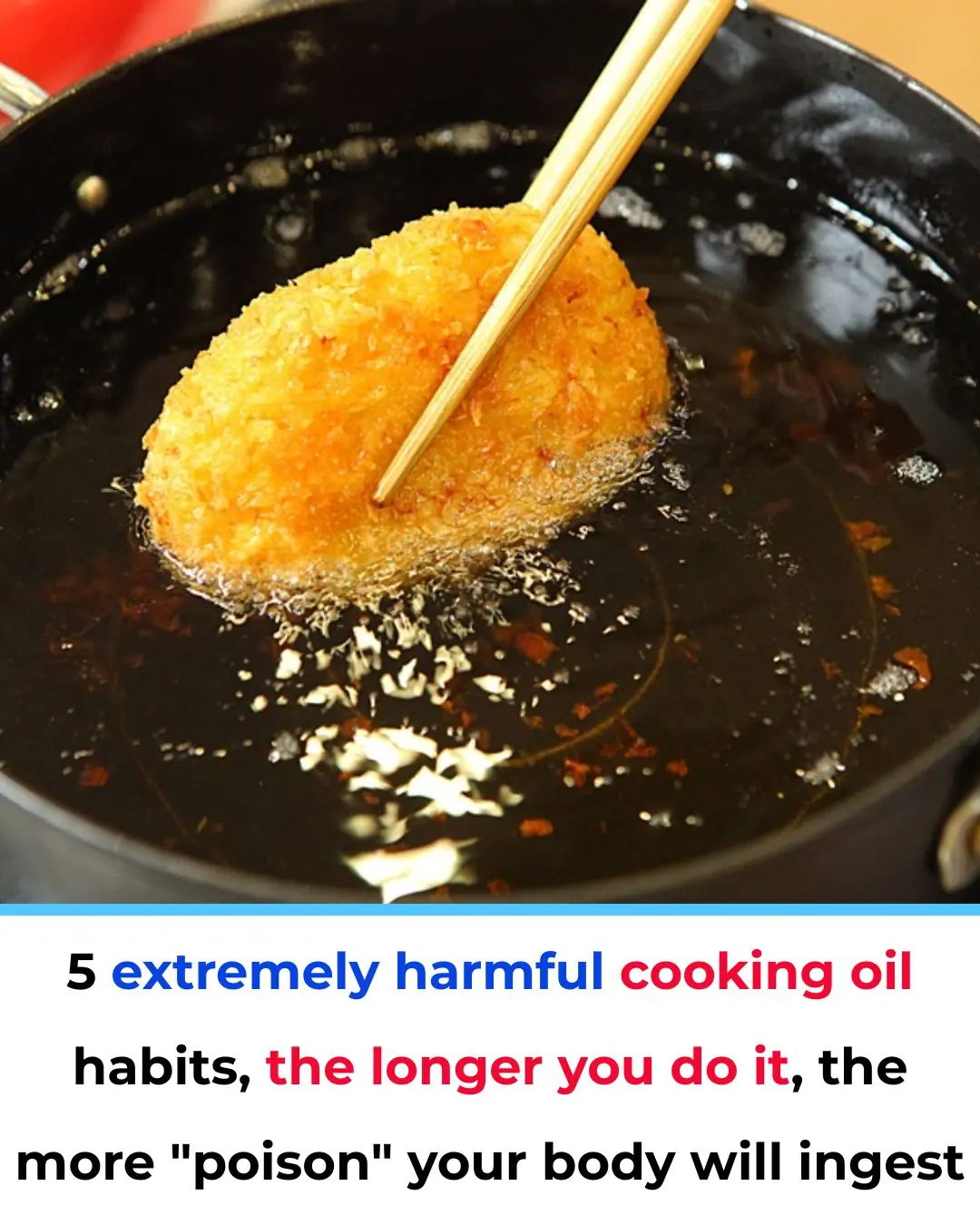
5 Extremely Harmful Cooking Oil Habits That Slowly Poison Your Body

No Need for a Sharpening Stone: Just One Simple Trick to Make Your Dull Kitchen Knife as Sharp as New

My nana taught me this hack to make hair shiny in 3 mins with 0 work. Here’s how it works
